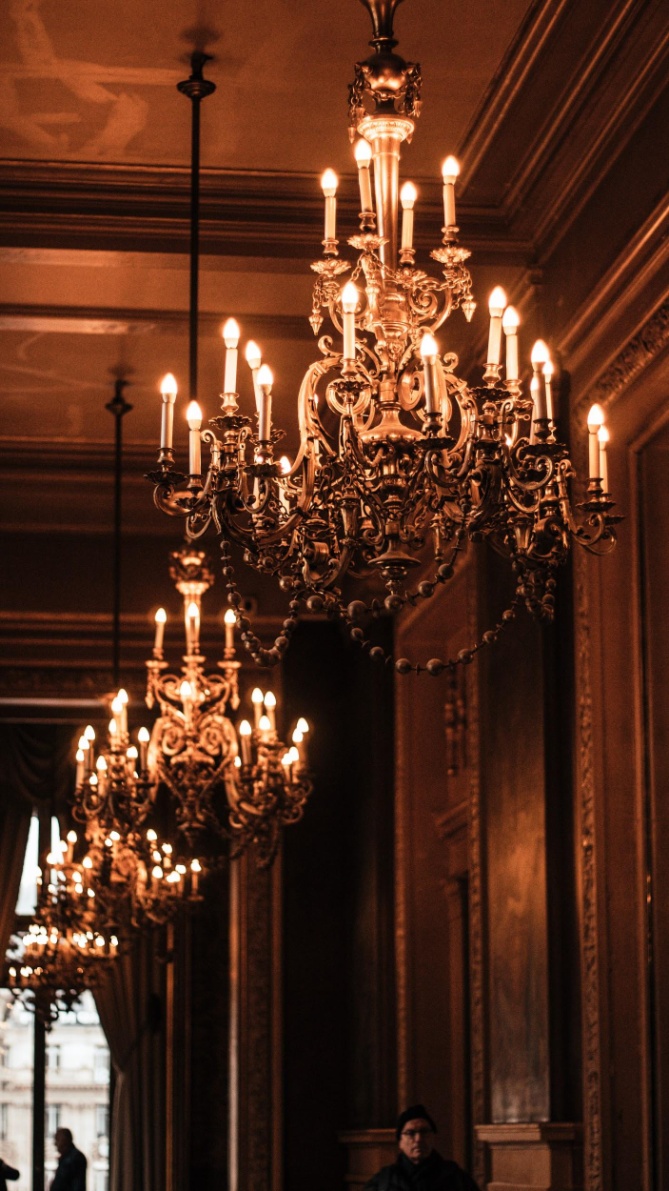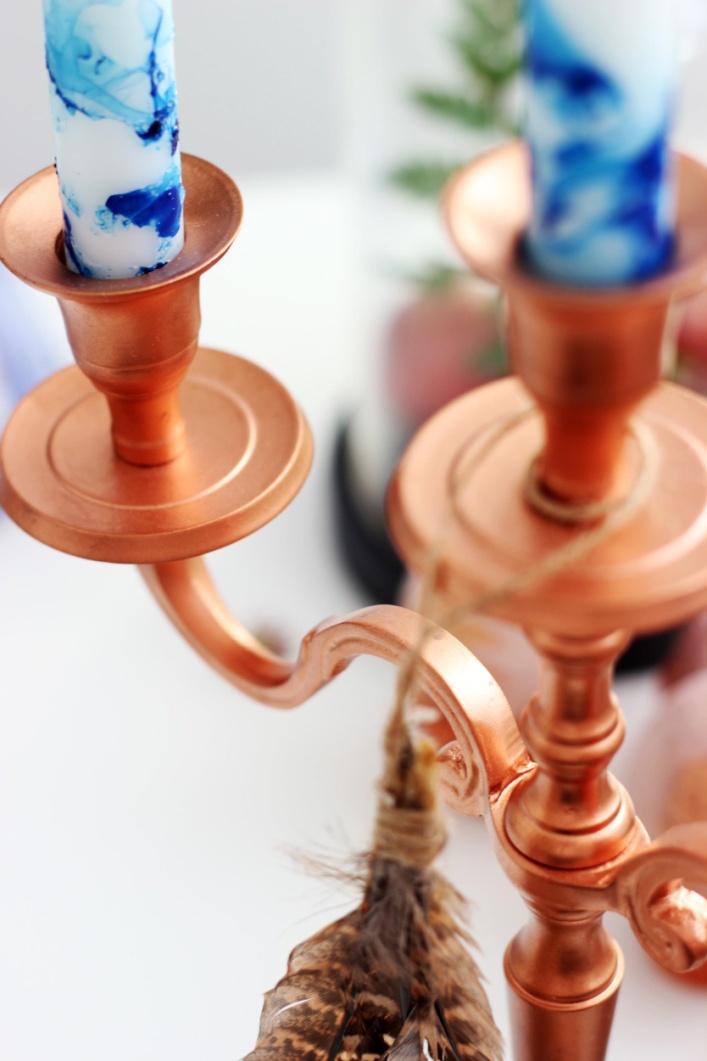
What Most People Know So Far
If you paid attention to your history teacher, chances are you already know a thing or two about bronze. You probably know the role it played in the world’s transition from the Stone Age to the Metal Age, and how it helped revolutionize metallurgy, technology, and even war. A great deal of artifacts made of bronze have been unearthed from ruins around the world, proving how valued this metal was in the ancient time.
Bronze became so popular that it was named after an entire era. As to why it became so popular, there are a couple of plausible reasons. First, the Metal Age was just at its early stage when bronze was discovered and the ancient people knew only of a few metals—gold, silver, copper, tin, iron, and lead—most of which didn’t have many utilitarian uses.
Second, of the first few metals available at the time, tin had the highest metallic bonding property, and it bound perfectly with copper but not with the rest of the available metals, which is why bronze was the only alloy they could produce. It would take a few more centuries before man could accidentally discover zinc-rich copper, which would later be polished into brass.
Over the years of working with bronze, metallurgists have not just perfected its composition and succeeded eliminating all its impurities but also created many variants with unique and useful properties of their own. Then again, all of today’s bronzes share certain distinctive traits, such as ductility, low-friction quality, and high machinability.
What Most People Should Know
There’s no denying the expediency of bronze for many industrial and commercial applications. If you need a material that exhibits high weldability, ease of brazing and soldering, and low thermal expansion coefficient, then bronze bars for sale and other bronze-based supplies are your best option.
However, it is also imperative to know bronze’s limitations so that you can make the most of its potentials. Here are some of the things you should anticipate and prepare for when using any bronze material.
-
Naturally Durable but Needs Extra Care to Last Even Longer.
As previously mentioned, bronze is an extremely durable material. With the right combination of copper and tin, along with additional elements if any, and proper upkeep, you can produce a type of bronze that can last for thousands of years. Conversely, bronze is not an invincible material. Like most other metals, it has its own kryptonite. When you are working with bronze, make sure to keep any products containing ammonia and ferric compounds, sulfur, chlorine, and cyanides at bay as these substances can corrode the metal very quickly. The acids in bird droppings have similar effect as well so make sure to keep raw bronze in a covered place.
-
Unremoved Core May Migrate to the Surface
Bronze casting usually involves a mold with a core made of gypsum. Depending on the desired finished product, the gypsum core may be left inside the bronze. Overtime, the gypsum may start to migrate towards the surface, weakening bronze in the process. As much as possible, when you are casting bronze, remove as many foreign materials from the interior and exterior surface of the finished product as possible. Other techniques on how to make bronze may not involve the use of gypsum so this won’t be a problem.
-
It Gets Ill, Too
Non-living things don’t normally get sick. It turns out, such rule does not apply to certain materials, particularly bronze. When placed in an environment where chlorine and oxygen are present, this metal may develop a condition, called Bronze Disease. This disease is caused by the hydrochloric acid that forms when oxygen and chlorine combine in a moist setting. Therefore, it is crucial to avoid using chlorine when bleaching bronze items.
-
Why It Makes a Perfect Sculpture Material
Builders don’t recommend bronze for structural applications, and for one good reason—it is softer than steel and other more common metals. While softness is usually viewed as a weakness when it comes to metals, there are ways to put it to good use. Bronze’s softness allows it to be chiseled and cut with ease, which is why it is the perfect metal for sculpture.
-
You May Need to Spend a Little More
Bronze is not as common as it is popular, and the materials used to manufacture it don’t come cheap. Specifically, its copper content is what makes it expensive. Containing around 95 percent copper, bronze is almost as expensive as copper itself. If you are looking to use bronze for your projects, you will have to fork out a little bit more to afford it.
Knowing these facts about copper can help you make an informed buying decision. More importantly, you’ll realize that you need advice from a metal expert to obtain the specific type of bronze material you need for your project. You can find one in a reputable metal supplier like Rotax Metals. It pays to invest in high-quality products, and so you better purchase from the right supplier.


 Various industries worldwide rely heavily on metal supply. They use metals for making machines, building structures, and even decorating. Metals prove to be the ultimate material because of their unique, valuable properties. Although considered as a non-renewable resource, metals have not been fully exhausted even after thousands of years of quarrying thanks to their great abundance and the recyclability of some types. The most abundant metal in the Earth’s crust is aluminum, followed by silicon and iron. These metals have been extensively utilized for generations. Their abundance is also one of the reasons why they come cheaper than other metals. On the contrary, the manufacturability and usability of metals are not measured by their abundance alone. Their unique properties, which determine their applications, are actually the key factor considered.
Various industries worldwide rely heavily on metal supply. They use metals for making machines, building structures, and even decorating. Metals prove to be the ultimate material because of their unique, valuable properties. Although considered as a non-renewable resource, metals have not been fully exhausted even after thousands of years of quarrying thanks to their great abundance and the recyclability of some types. The most abundant metal in the Earth’s crust is aluminum, followed by silicon and iron. These metals have been extensively utilized for generations. Their abundance is also one of the reasons why they come cheaper than other metals. On the contrary, the manufacturability and usability of metals are not measured by their abundance alone. Their unique properties, which determine their applications, are actually the key factor considered.